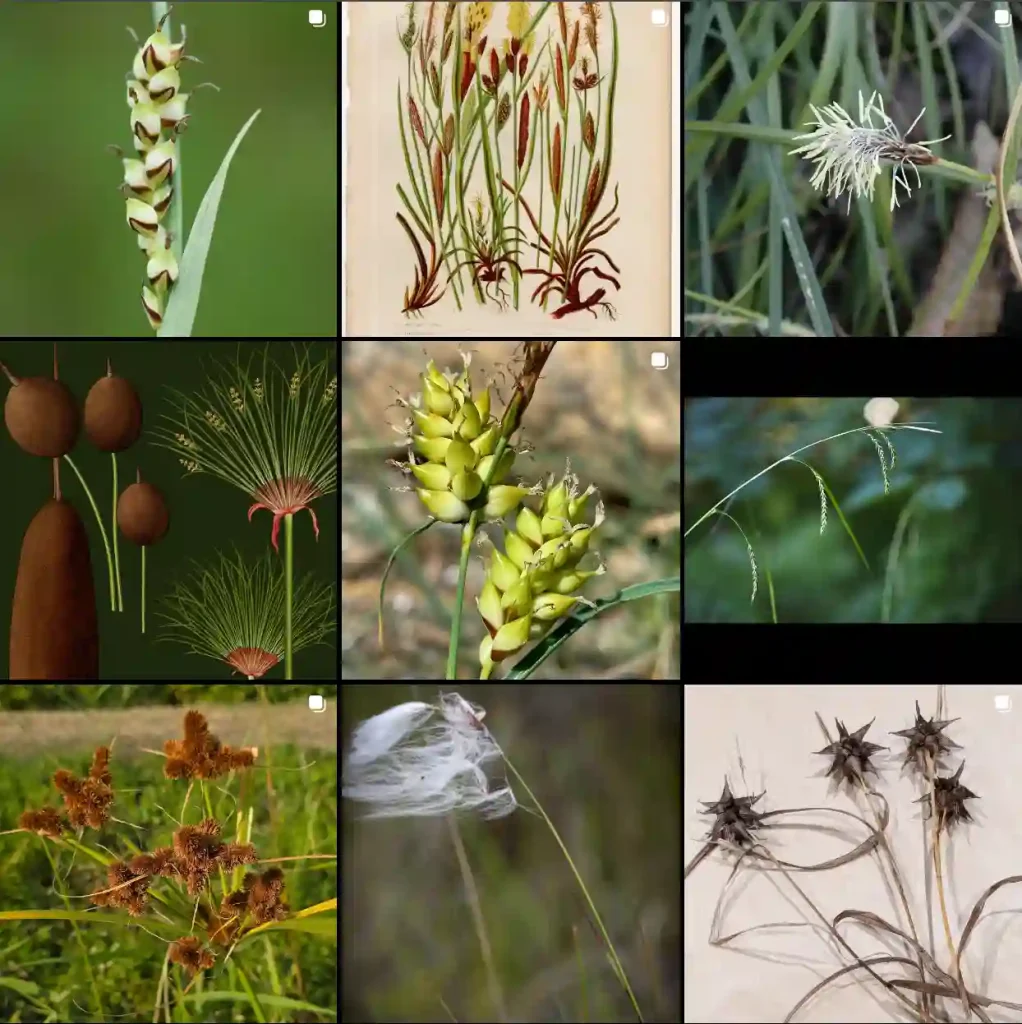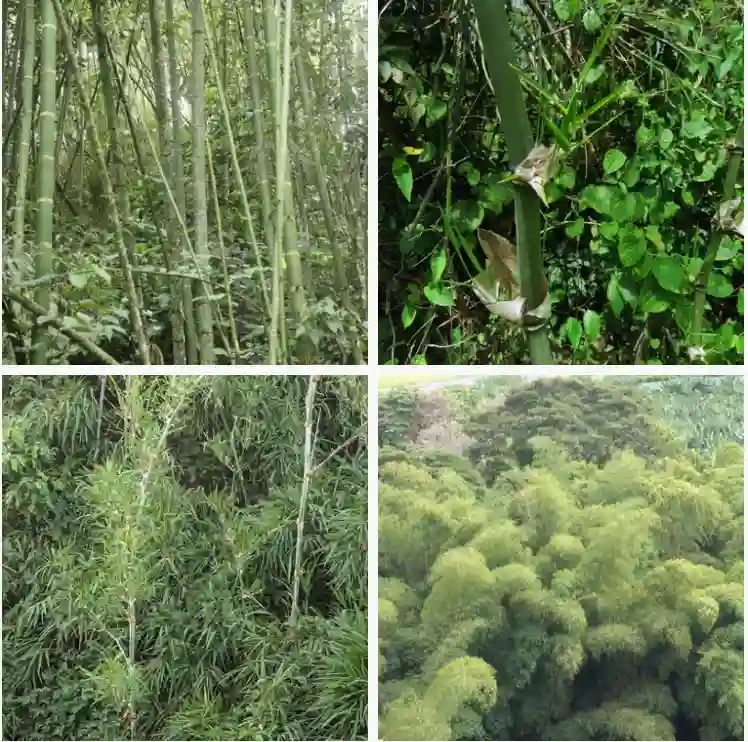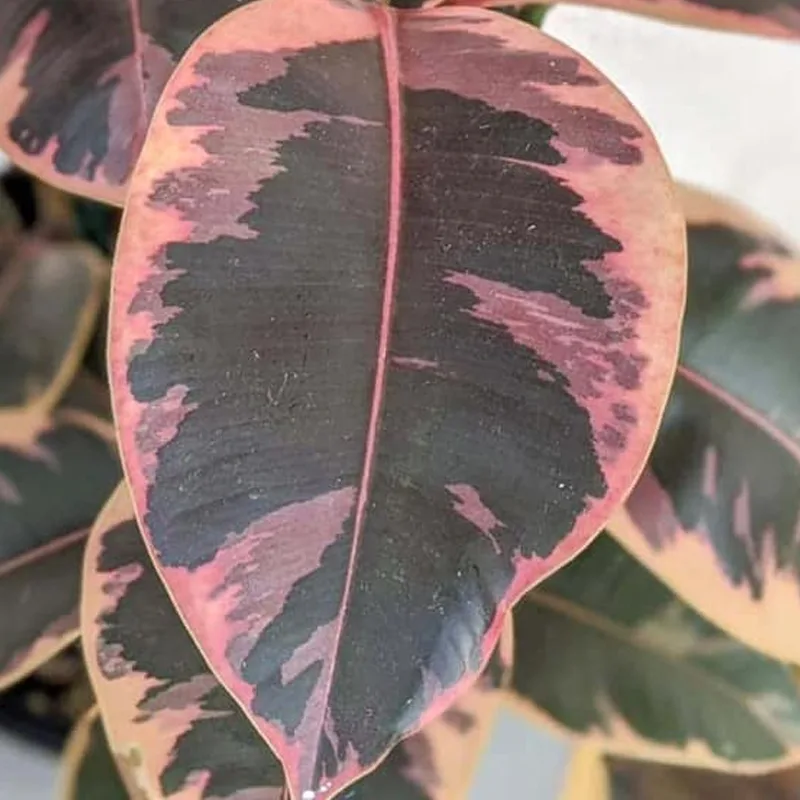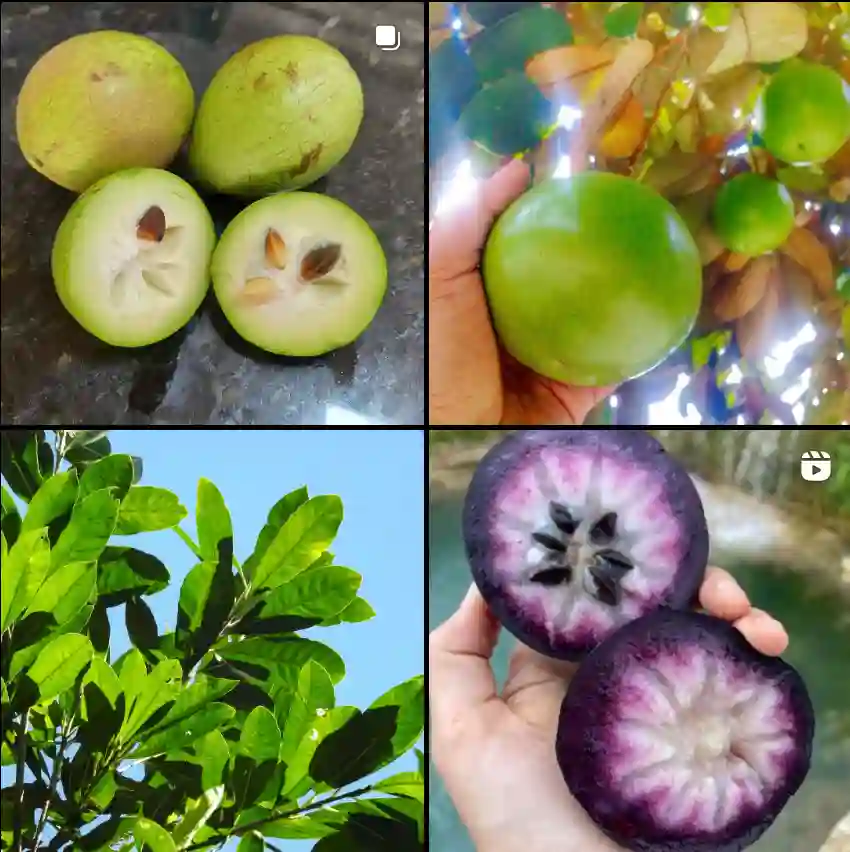FAQs About Mascagnia Macroptera: Everything You Need to Know
Mascagnia Macroptera, a synonym of Callaeum Macropterum, belong to the Malpighiaceae family, is a fascinating plant that I’ve grown to appreciate for its unique beauty and versatility. Here, I’ll answer some of the most frequently asked questions about this vibrant plant, drawing from my own experiences and insights.
Plant Family: 73 Genera in Malpighiaceae
What Is Mascagnia Macroptera?
Mascagnia Macroptera, commonly called Butterfly Vine due to its striking wing-like flowers, is a perennial vine native to tropical and subtropical regions of the Americas. The plant is known for its lush green foliage and bright, butterfly-shaped flowers that can range in color from yellow to orange. These flowers are not just visually appealing but also attract pollinators like butterflies and bees, enhancing the garden’s ecosystem.
How to Care for Mascagnia Macroptera?
Caring for Mascagnia Macroptera is relatively straightforward, but there are a few key points to keep in mind:
- Sunlight: This vine thrives in full sun to partial shade. It needs at least 6 hours of direct sunlight to flourish. In cooler climates, it may benefit from a bit of afternoon shade to protect it from harsh sun.
- Soil: The plant prefers well-draining soil. A mix of garden soil and organic matter like compost works well. Avoid heavy clay soils that can retain too much moisture, as this can lead to root rot.
- Watering: Regular watering is crucial, especially during the growing season. However, it’s important not to overwater. Let the soil dry out slightly between waterings to prevent waterlogging.
- Fertilizing: Fertilize Mascagnia Macroptera once a month during the growing season with a balanced, water-soluble fertilizer. This will support healthy growth and vibrant flowering.
- Pruning: Prune the vine regularly to maintain its shape and promote new growth. Remove dead or damaged stems to encourage a bushier plant.
How to Propagate Mascagnia Macroptera?
Propagating Mascagnia Macroptera can be done through several methods:
- Cuttings: Take 4-6 inch cuttings from a healthy vine, making sure each cutting has a few leaves. Dip the cut end in rooting hormone and plant it in a pot with a well-draining soil mix. Keep the soil moist and place the pot in a warm, bright area. Roots should develop in a few weeks.
- Seeds: If you prefer to grow from seeds, sow them in a seed-starting mix and keep them in a warm, sunny location. Seeds can take several weeks to germinate, so patience is key.
What to Plant With Mascagnia Macroptera?
Mascagnia Macroptera pairs beautifully with other tropical and subtropical plants. Here are a few companions that complement its vibrant foliage and flowers:
- Bougainvillea: The bright, colorful blooms of Bougainvillea contrast nicely with the Butterfly Vine’s flowers, creating a lively and eye-catching display.
- Passionflower: This plant shares a similar exotic aesthetic and provides additional interest with its unique and intricate flowers.
- Hibiscus: Hibiscus plants offer large, showy blooms that can enhance the overall appearance of your garden when planted alongside Mascagnia Macroptera.
Benefits of Mascagnia Macroptera
Mascagnia Macroptera is not just a beautiful addition to the garden; it also offers several benefits:
- Attracts Pollinators: Its bright flowers are excellent for attracting butterflies, bees, and hummingbirds, which can help improve the health of your garden ecosystem.
- Versatile Growth: The vine can be trained to climb trellises, fences, or arbors, making it a versatile option for vertical gardening.
- Low Maintenance: Once established, Mascagnia Macroptera requires minimal maintenance, making it a great choice for busy gardeners.
Toxicity and Safety
Mascagnia Macroptera is generally considered non-toxic to humans and pets. However, it’s always a good idea to keep an eye on pets and children around plants, as ingestion of large quantities of any plant material could potentially cause some digestive discomfort.
Common Problems and Solutions
While Mascagnia Macroptera is relatively low-maintenance, a few issues may arise:
- Pests: Watch out for common pests like aphids and spider mites. Regularly inspecting the plant and using insecticidal soap or neem oil can help manage these issues.
- Diseases: Root rot can be a problem if the soil is too wet. Ensure proper drainage and avoid overwatering to prevent this issue.
- Fungal Issues: Powdery mildew can sometimes affect the leaves. To combat this, ensure good air circulation around the plant and apply a fungicide if necessary.
How Does Mascagnia Macroptera Compare to Other Similar Plants?
Mascagnia Macroptera is often compared to other vining plants like Bougainvillea and Passiflora. While these plants share some similarities in their climbing habits and vibrant blooms, Mascagnia Macroptera stands out with its distinctive butterfly-shaped flowers and slightly different care requirements. Bougainvillea, for example, tends to need more sunlight and can be more aggressive in its growth, while Passiflora may require more frequent watering and specific support structures.
In summary, Mascagnia Macroptera is a fantastic choice for gardeners looking to add a touch of the exotic to their landscapes. Its vibrant flowers, low maintenance needs, and ability to attract pollinators make it a rewarding plant to grow. With the right care and a bit of attention, this Butterfly Vine can become a stunning focal point in any garden.
If i die, water my plants!



